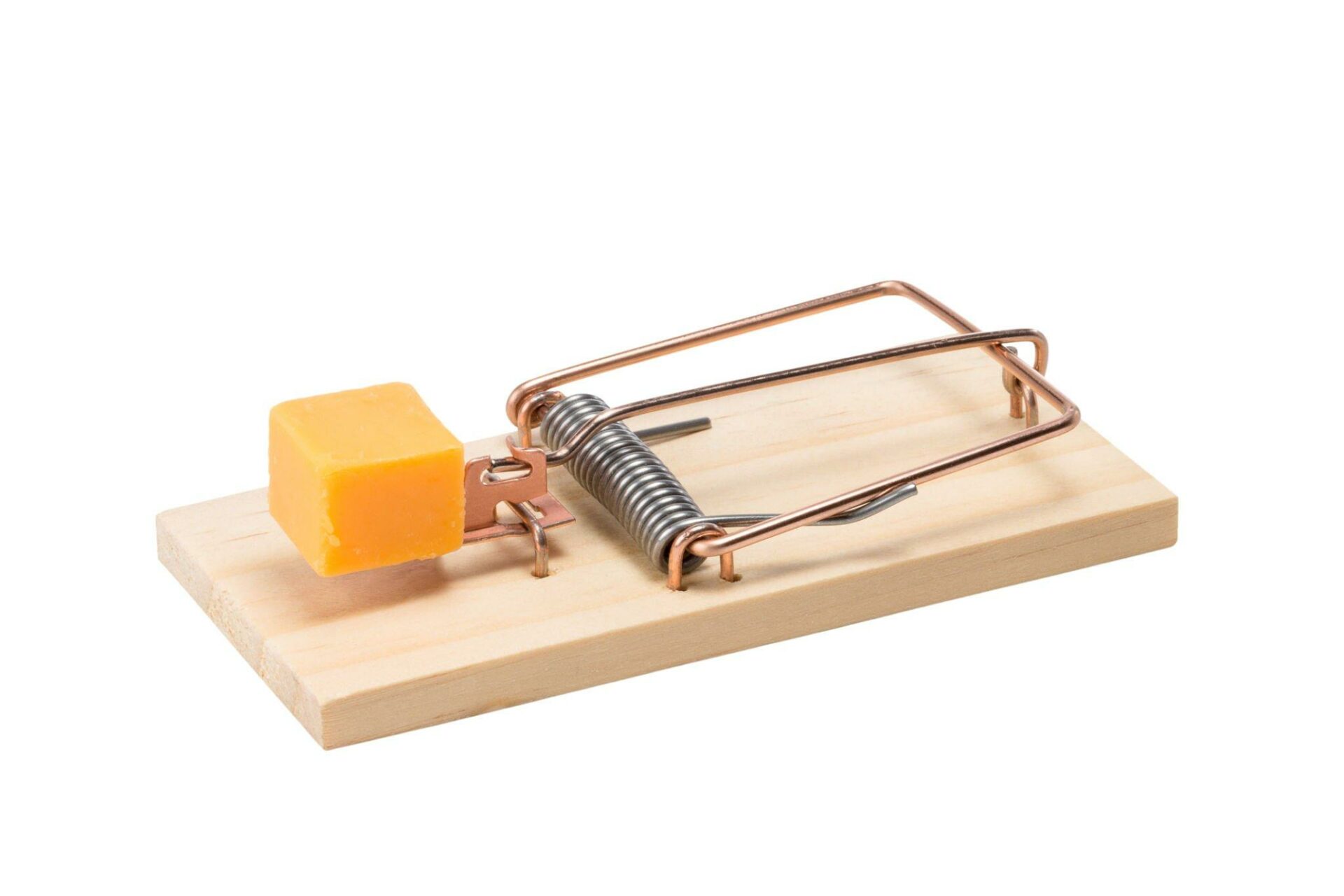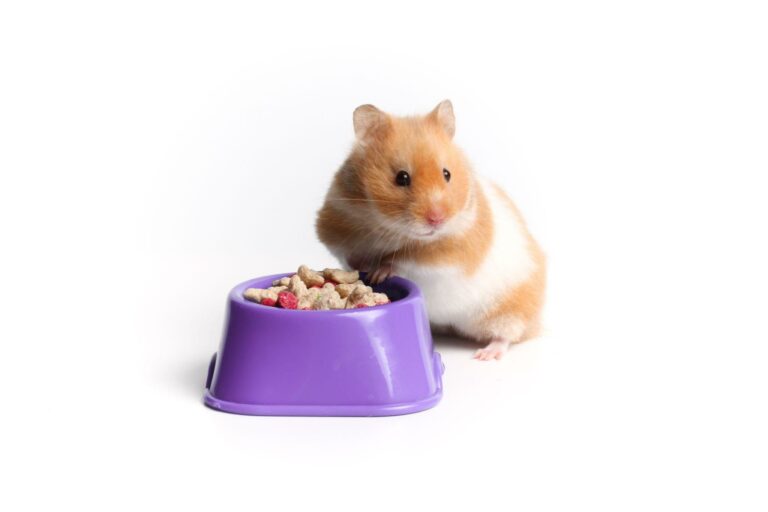Irresistible Bait: Discover Rats Favorite Food for Traps!
Boost your rat trapping success with the right bait! Explore the top food choices that rats can’t resist, from peanut butter to cheese. Learn how to effectively lure rodents into your traps and take control of your pest problem today!
Introduction
When it comes to rodent and pest control, understanding what entices rats into traps is crucial. Whether you are dealing with a small infestation or intending to take preventative measures, it is crucial to understand what entices these critters into traps to manage them effectively.
Rats Favorite Food for Trap
Rats are often attracted to various foods, but some trap favourites include peanut butter, cheese, nuts, fruits like apples or berries, and pet food with strong aromas. Experimenting with these baits can help lure rats effectively into traps. Here are some in detail:
- Peanut Butter & Chocolate: As mice are attracted to the taste of seeds and nuts, peanut butter is an irresistible lure.
- Pet Food: The presence of certain types of pet food, especially those with a strong aroma, may attract rodents to the traps.
- Seeds and Nuts: Because of the natural appeal of seeds and nuts, they are an effective bait in attracting mice and rats.
- Marshmallows and Gumdrops: The sweet scent and soft texture of marshmallows and gumdrops may attract rodents seeking sugary treats.
- Deli Meat: The strong smell and rich flavour of deli meat can serve as an effective bait for capturing rodents.
- Fruit Jam: Jam’s sweet and fruity aroma can entice mice, making them more likely to investigate the trap.
- Soft Cheese: As a result of its intense aroma and soft texture, cheese is a preferred bait choice for trapping rodents.

Understanding Rat Behavior
The Palate of Rats: Diving into Their Favorite Foods
Rats consume an eclectic range of food items, including grains, nuts, and sugary treats. Since rats can adapt to various foods, they can be challenging to manage. However, certain foods have proven to be irresistible bait for traps.
Exploring the Most Tempting Options
Despite their reputation as scavengers, rats have distinct preferences when it comes to food. By understanding these preferences, trapping efforts can be significantly enhanced.
High-Protein Delights: A Rat’s Weakness
The strong scent and high protein content of peanut butter, bacon, and dried fish flakes make items like these items irresistible to rats. Protein-rich foods are utilized as bait in traps to take advantage of this preference and increase the likelihood of successfully trapping rats.
Grains and Seeds: Staple Favorites
Among rats’ favourite foods are grains and seeds. Utilizing oats, rice, or sunflower seeds as bait makes for an enticing lure for rats. Their familiarity with these food items and their nutritional value make them effective trapping bait.
Sweet Treats: An Attractive Distraction
Despite not being the primary bait choice, sweet treats can also attract rats. Chocolate or dried fruit, with their distinct scents, can pique rats’ interest. When protein-rich or grain-based baits have not succeeded, including these items in the bait mixture may appeal to certain rats and improve trapping success.
As a result of understanding these tempting options, baiting can be strategically tailored to cater to the diverse preferences of rats to increase the likelihood that the trapping effort will be successful.

Creating Effective Bait Mixtures
The Art of Blending: Crafting Irresistible Baits
Combining Favorites for Maximum Impact: A potent lure for rats can be created by blending various enticing food items into a bait mixture. It is possible to create an irresistible concoction by combining a rat’s favourite foods, for example, peanut butter with oats or bacon wrapped around sunflower seeds. This amalgamation appeals to rats’ diverse tastes and increases the likelihood of their successful trapping.
Experimenting with Rat Preferences: when developing the most effective bait mix, Rat preferences should be understood. Based on their environment and food supply, rats may exhibit varying tastes. By experimenting with different combinations, bait can be tailored to the particular preferences of the rats in a particular region. The effectiveness of trapping is significantly enhanced by flexibility and adaptation in bait formulation.
Rat Trap Strategies: Beyond Bait Selection

Innovative Trapping Techniques: Enhancing Success Rates
Combining bait with innovative trapping methods can create a formidable strategy to outwit rats. Exploring these techniques could be a game-changer in your attempts to control rodents.
DIY vs. Commercial Baits: Weighing the Options
You can evaluate the pros and cons of homemade concoctions and commercially available baits to select the most suitable baiting approach for your circumstances.
Best Practices for Successful Trapping
Strategic Placement: Maximizing Trap Success
Identifying rat paths or areas near potential food sources is critical to successful rodent control. Placing traps along these paths increases the probability of capturing rats since rats tend to follow familiar paths. Targeting such high-traffic areas maximizes trap effectiveness.
Maintaining Cleanliness: A Preventive Measure
Keeping the environment clean is equally as important as bait selection. Eliminating alternative food sources and maintaining a clean environment encourage rats to seek out bait traps. By eliminating competing food options, traps become more appealing, increasing the likelihood of successful trapping.
FAQs
Can rats distinguish between different baits?
There is no doubt that rats possess an acute sense of smell, which allows them to distinguish between different baits. However, their preference may depend on familiarity or intensity of smell.
How often should I change trap baits?
Suppose you change baits regularly, especially when they do not produce results. In that case, you reduce the likelihood of rats becoming accustomed to specific food items, increasing the likelihood of a successful trap.
What if rats don’t seem attracted to any bait?
Rats may not be interested in bait if there are other food sources in the environment or if the bait mixture has been altered. Experimentation is the key to ensuring that the bait is most enticing.
Is cheese an effective rat bait?
Although cheese appears popular bait, it could have a better effect. Rats have different preferences, and while some may be drawn to cheese, it is not universally appealing to all rats.
Can I reuse trap baits?
In general, it is not recommended that baits be reused. Fresh bait is more likely to attract rats and increase the chances of successfully trapping them.
How long should I leave traps out?
Rats may take some time to adapt to new items, so it is recommended to place traps out for an extended period. However, you should regularly check and replace bait if necessary.
Conclusion
If you want to enhance the effectiveness of your rat trapping efforts, you should master the art of choosing the right bait for rat traps. By understanding the preferences of rat populations and strategically placing bait that entices them, you can greatly enhance the success of your rat trapping campaigns.






